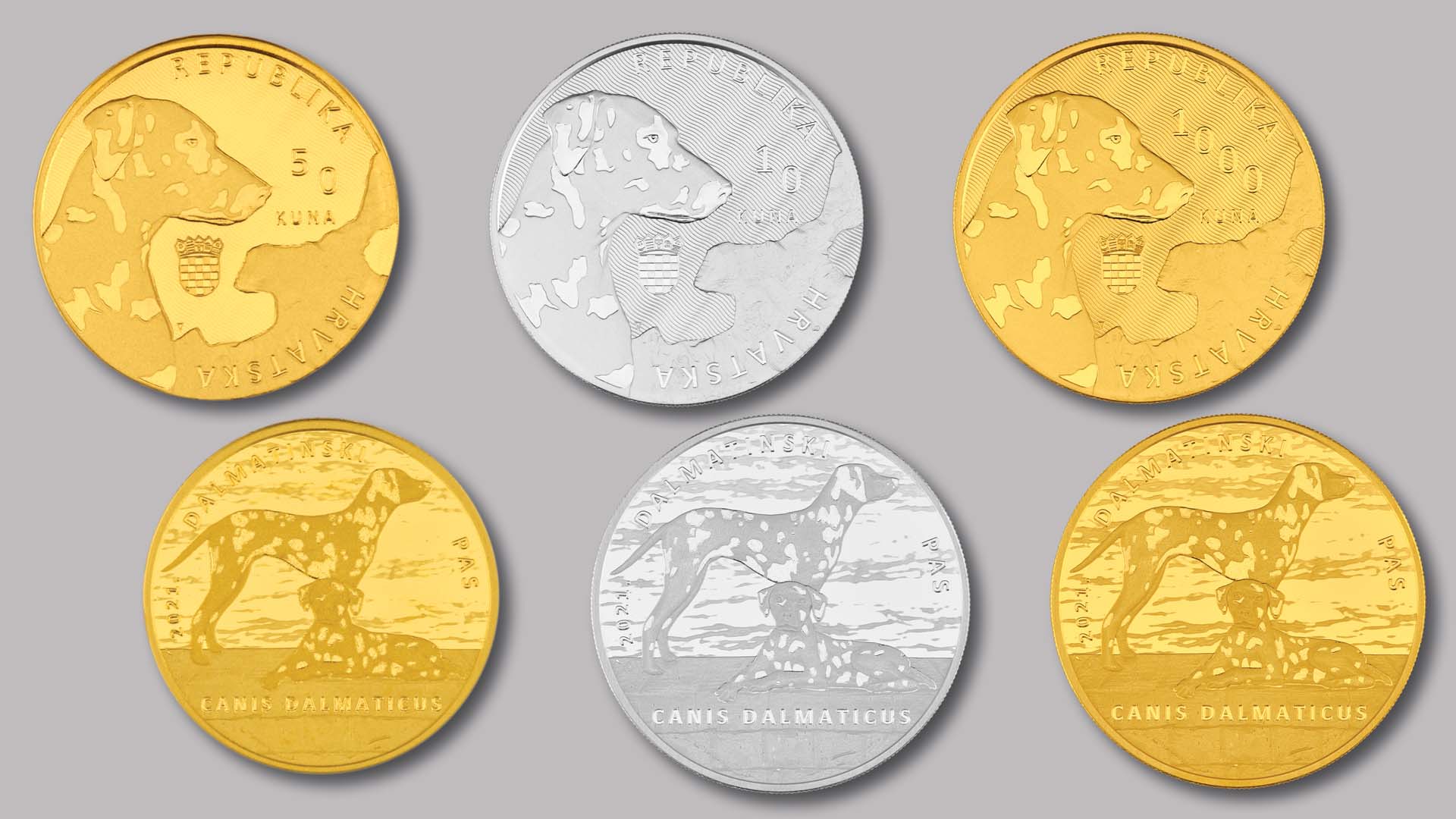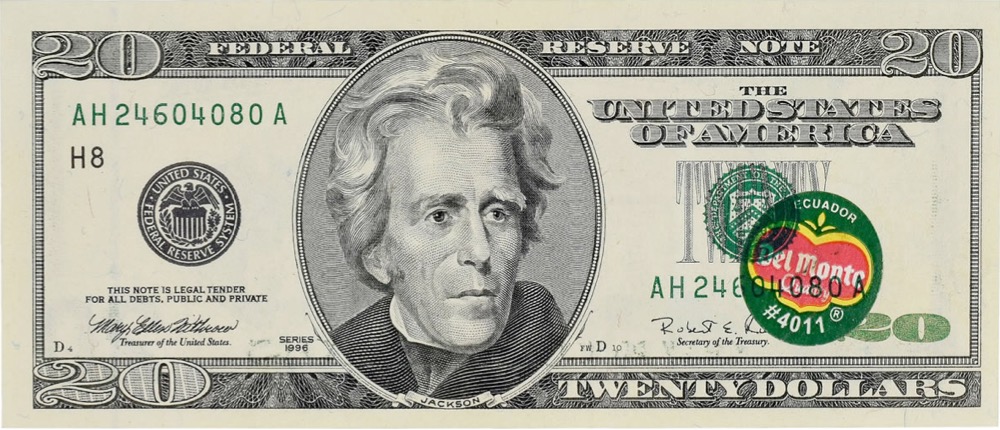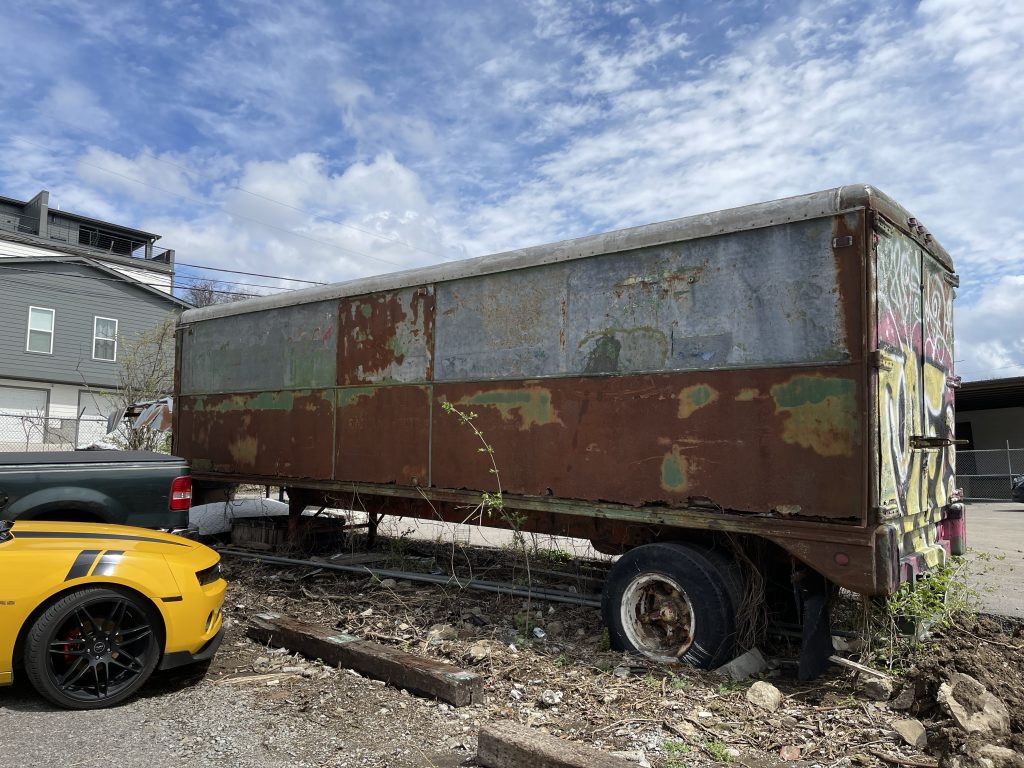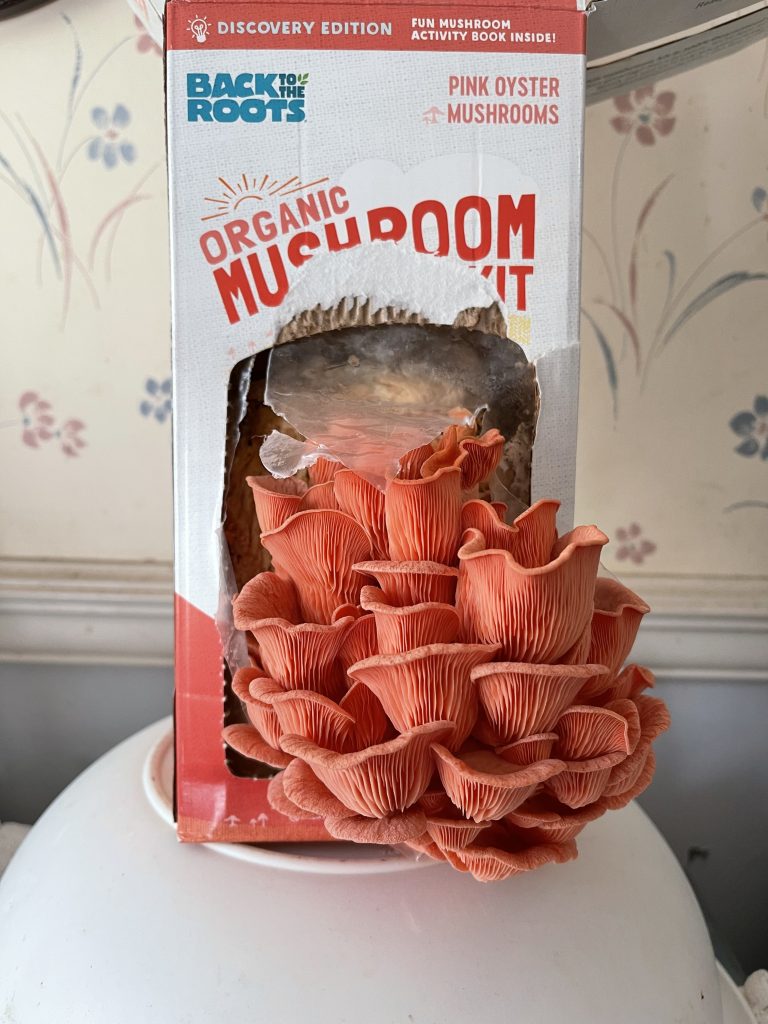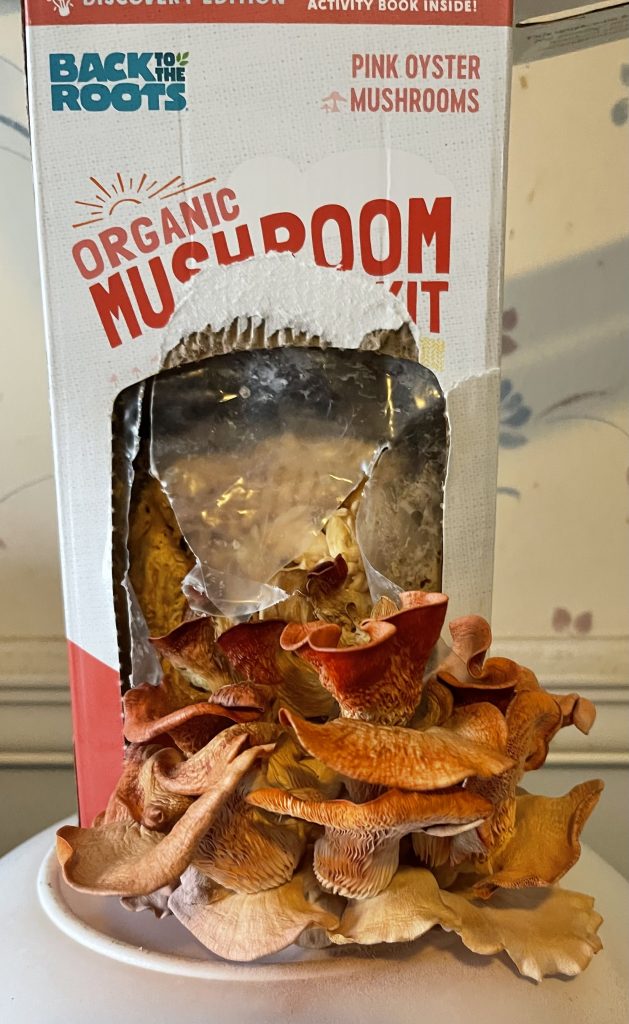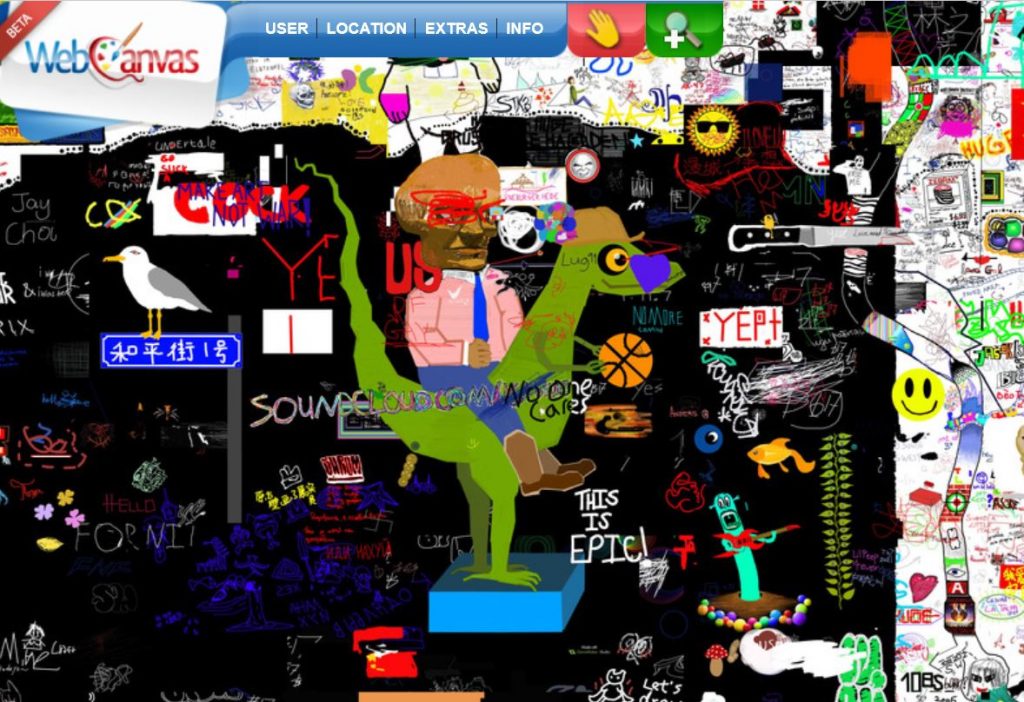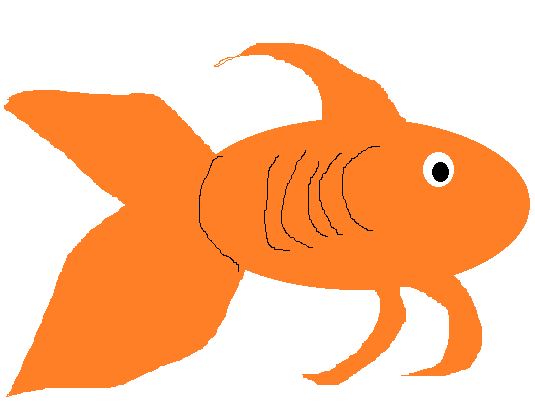De-composing.
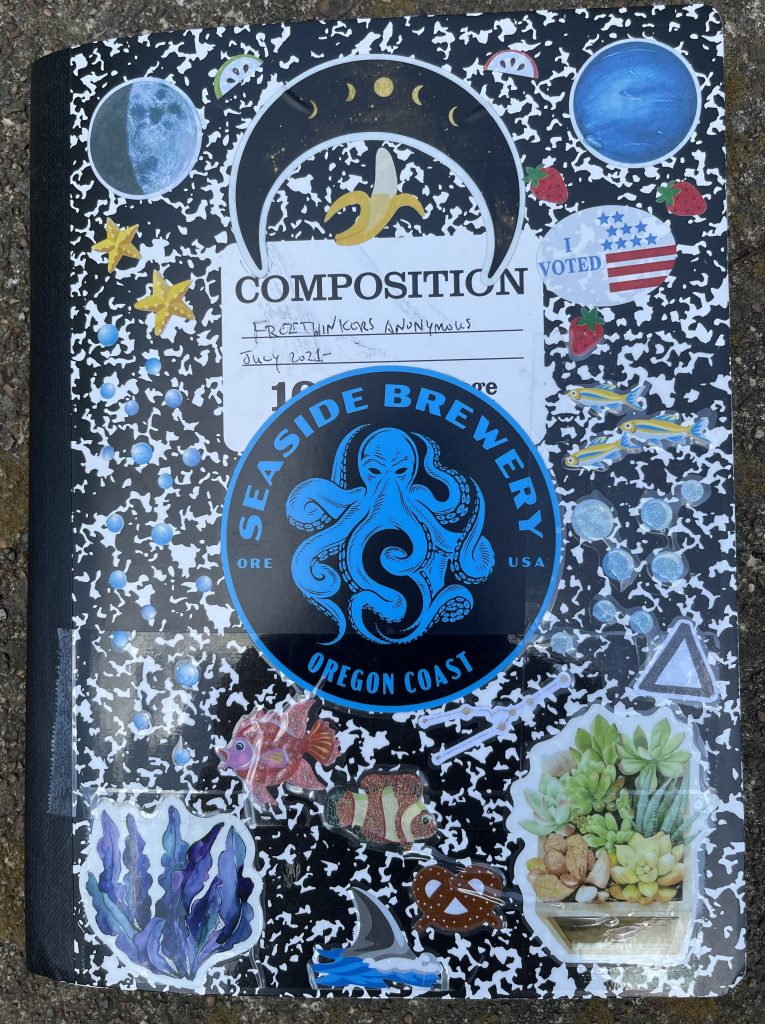 After I wrote about video rental stores last week I ended up feeling like I addressed the subject too quickly, or maybe too late, because something came up that reminded me of another brick-and-mortar establishment that’s also headed the way of the dodo: the office supply store.
After I wrote about video rental stores last week I ended up feeling like I addressed the subject too quickly, or maybe too late, because something came up that reminded me of another brick-and-mortar establishment that’s also headed the way of the dodo: the office supply store.
It started when my wife needed a stapler for a project she was working on and let’s go ahead and get all the Office Space references and jokes out of the way. We have a stapler somewhere but couldn’t find it so I went to the office supply store and, while I bought a cheaper black stapler they did have a red Swingline stapler and I was seriously tempted by it even though my wife doesn’t look, sound, or act anything like Milton or even Stephen Root. And neither one of us is ever likely to set our office building on fire, although this has been me on many occasions:
And maybe that’s why, in spite of the fact that this is on a blog, I’m very much still an analog guy in a digital world. Most of my writing starts as handwritten notes in paper composition books that I also decorate with stickers and pictures I cut out of catalogs, magazines, and junk mail. I always have this idea that, if I’m ever stuck for something to write about, I can use the pictures as a prompt, and yet what I write never ends up having anything to do with the pictures. I fill the right-hand page and use the left for shorter notes like, “I know what a kit is but what’s a caboodle?” and jokes I’m sure I’ve heard somewhere, like:
“I’m thinking of writing about the pursuit of a great white whale,” said Melville.
“That’s a novel idea,” his publisher replied.
And the office supply store is my main source for these composition books. Or was. It’s going out of business now, which I guess means I won’t be able to stock up in the fall when they have their back-to-school sales.
Sure, I can order them online like so much other stuff but I’ll miss the immediacy of being able to pick them up. And, because the office supply store was having a going-out-of-business sale, I picked up a bunch. The woman checking me out asked, “Is this all you’re getting?” and I remembered that I had to go back and get a stapler.
I should have gotten the red Swingline model.


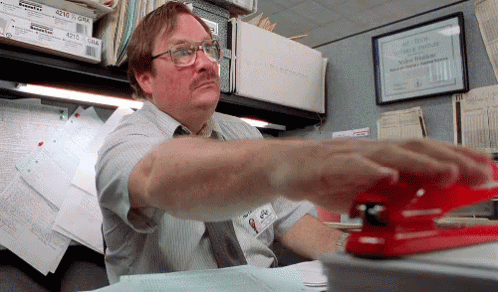






 So I’m a bit of a numismatist, or, as my wife sometimes puts it, I’ll spend money to buy money. Technically that’s what anyone who invests in the stock market also does, although they’re hoping the money they spend will get them even more money but for a lot of coin collectors we don’t do it to build interest—we do it because we think coins are interesting. Mostly I collect foreign coins because I like the variety and I like the way the coins make me feel connected to other places. Also sometimes countries produce interesting commemorative coins, like
So I’m a bit of a numismatist, or, as my wife sometimes puts it, I’ll spend money to buy money. Technically that’s what anyone who invests in the stock market also does, although they’re hoping the money they spend will get them even more money but for a lot of coin collectors we don’t do it to build interest—we do it because we think coins are interesting. Mostly I collect foreign coins because I like the variety and I like the way the coins make me feel connected to other places. Also sometimes countries produce interesting commemorative coins, like 